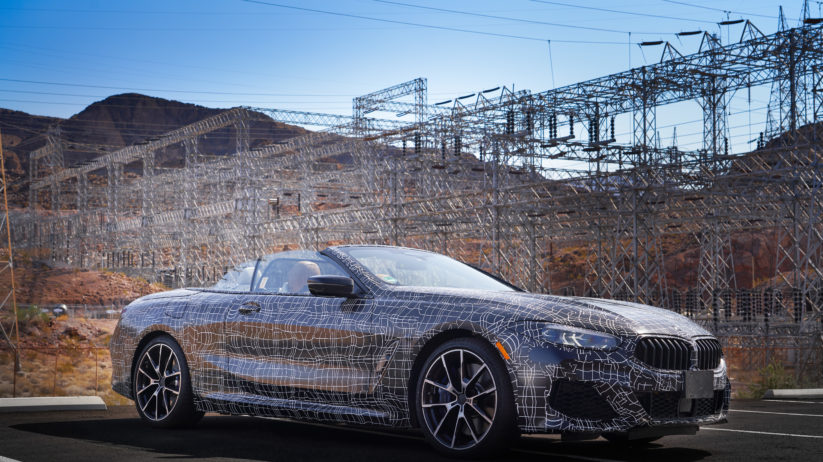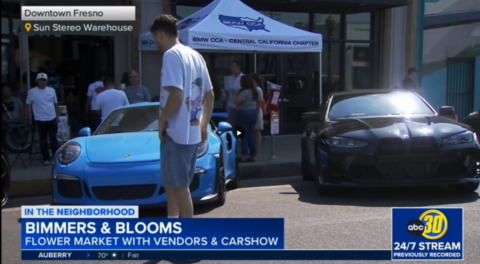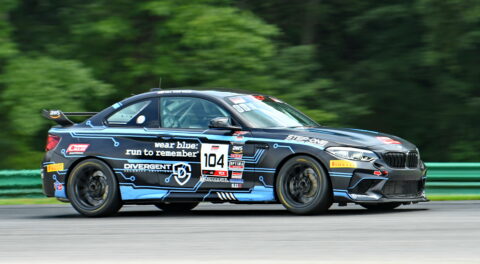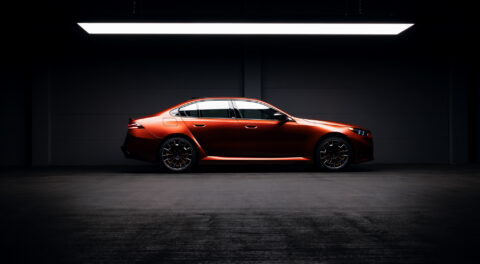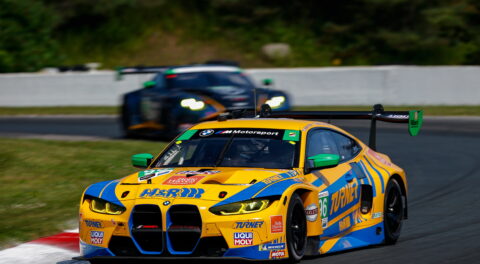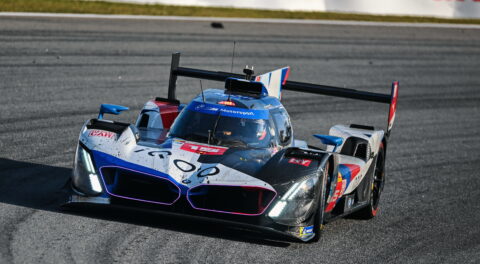In its continued offense in the luxury segment, BMW chose one of the most challenging environments on Earth for hot-weather testing of the upcoming 8 Series convertible. Death Valley, located in within the northern portion of Mojave Desert, is a place of natural extremes; Badwater Basin is the lowest area in North America at 282 feet below sea level, while less than 100 miles away sits Mount Whitney, the highest point in the lower 48 states, with an elevation of 14,505 feet measured at its summit.
More important, incredibly high temperature records have been set in the region, with air measured at a staggering 134 degrees Fahrenheit back in 1913, and a natural ground temp of 201ºF recorded in 1972, all while things can still manage to dip below freezing during the winter months, enough to form massive sheets of ice large enough to shift heavy rocks.

Why you’d bring a future high-end machine that will likely live a pampered life in a garage for most of its existence to such a trying climate might not be immediately obvious to all, but it’s simply another part of the journey from concept to production. The average commuter car sitting in an office parking lot reaches higher internal temperatures than most want to realize, and with the daily cycle that outdoor-parked vehicles are treated to, electronics, adhesives, and plastics all react in their own somewhat unpredictable ways. This means that along with braving clouds of dust, which can mess with the convertible-top mechanism and plenty of other things, and embarking on repeated drives through the desert, inching through Las Vegas traffic and negotiating dirt roads near Mount Whitney, the 8 Series drop-top will also be left out in the mid-day sun with its black textile top in place for hours on end in order to create an absolute worst-case scenario for the internal controls, computers, and other systems.

Along with inhaling dust and being intentionally baked in a place where the sun seems to actively work toward destroying things made by man, the new 8 Series convertible will also be put through its paces near the incredible Hoover Dam, where interference from the nineteen hydroelectric generators and nearby power station can cause problems if proper shielding and other materials were not employed in the vehicle. Things like iDrive, and the new all-digital instrument display which together make up BMW Operating System 7.0, the sound system, seat controls, and all sorts of electronic wizardry that we simply expect to work on demand will all be put to the test, along with climate controls, in a fashion similar to the way things are assessed after the several hours of open-air desert sauna discussed above.
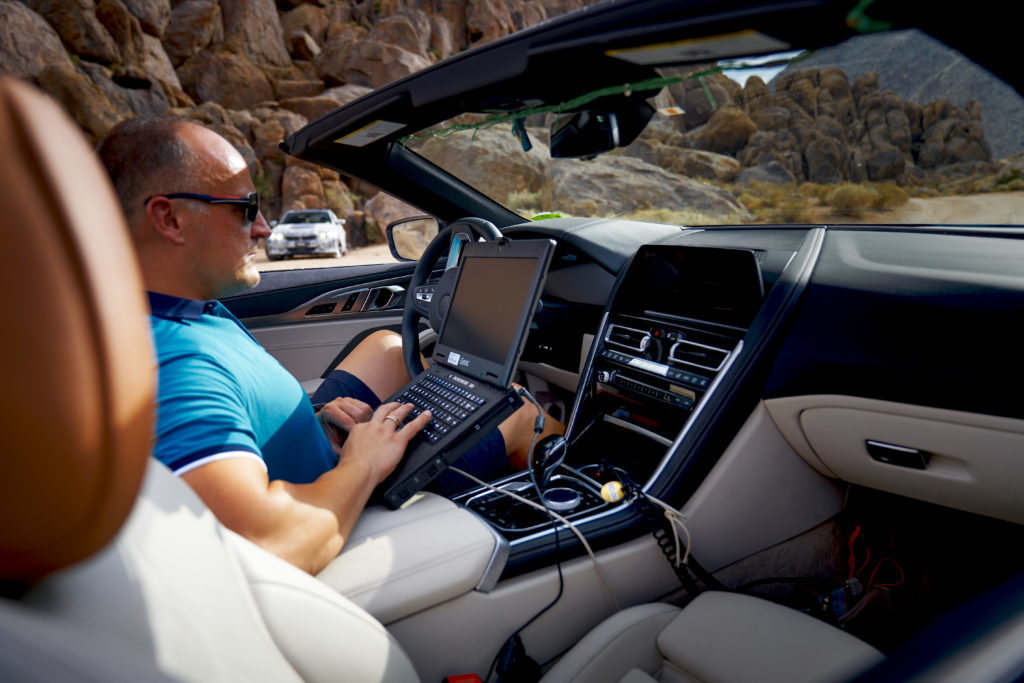
Moving beyond the tech and the complicated mechanics of the folding, multi-layer soft top, which will be bombarded with particulate matter, places like Death Valley also put engine-cooling systems to the ultimate test. Over the years, the N63 V8 has been almost continuously revised as new technology and other modifications have become more practical, and when taking into account the high temperatures at which modern turbocharged engines operate, it’s no mystery as to why BMW saw fit to add an additional water pump early on. A tightly packaged and compact hot-vee design like the N63 and derivative S63 are exceptionally prone to heat-related problems—which greatly increase the wear rate for components in valve train, for instance. Numerous changes have taken place over the years, like relocation of heat exchangers and other components.
With all of this in mind, it really makes a lot of sense to put a prototype through its paces in such an unforgiving environment, where the circumstances happen to be select enough that only the rarest or most serious potential issues might be coaxed into presenting themselves.—Alex Tock
[Photos courtesy BMW AG.]

